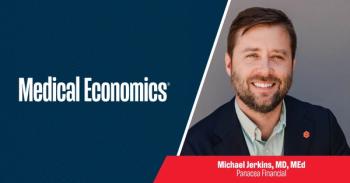
|Slideshows|September 9, 2019
Four financial tips for new attendings
Author(s)Todd Shryock
How to plan for long-term success, even when faced with massive school loans.
Advertisement
Newsletter
Stay informed and empowered with Medical Economics enewsletter, delivering expert insights, financial strategies, practice management tips and technology trends — tailored for today’s physicians.
Advertisement
Latest CME
Advertisement
Advertisement
Trending on Medical Economics
1
CDC updates childhood immunization schedule; routine list narrowed to 11 diseases
2
The Rural Health Transformation Program explained: $50B for 50 states over 5 years
3
Physicians turning to AI for clinical support, not just paperwork, athenahealth survey finds
4
AOA president: ABIM policy about internal medicine program directors is unlawful, disruptive
5








